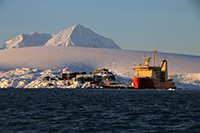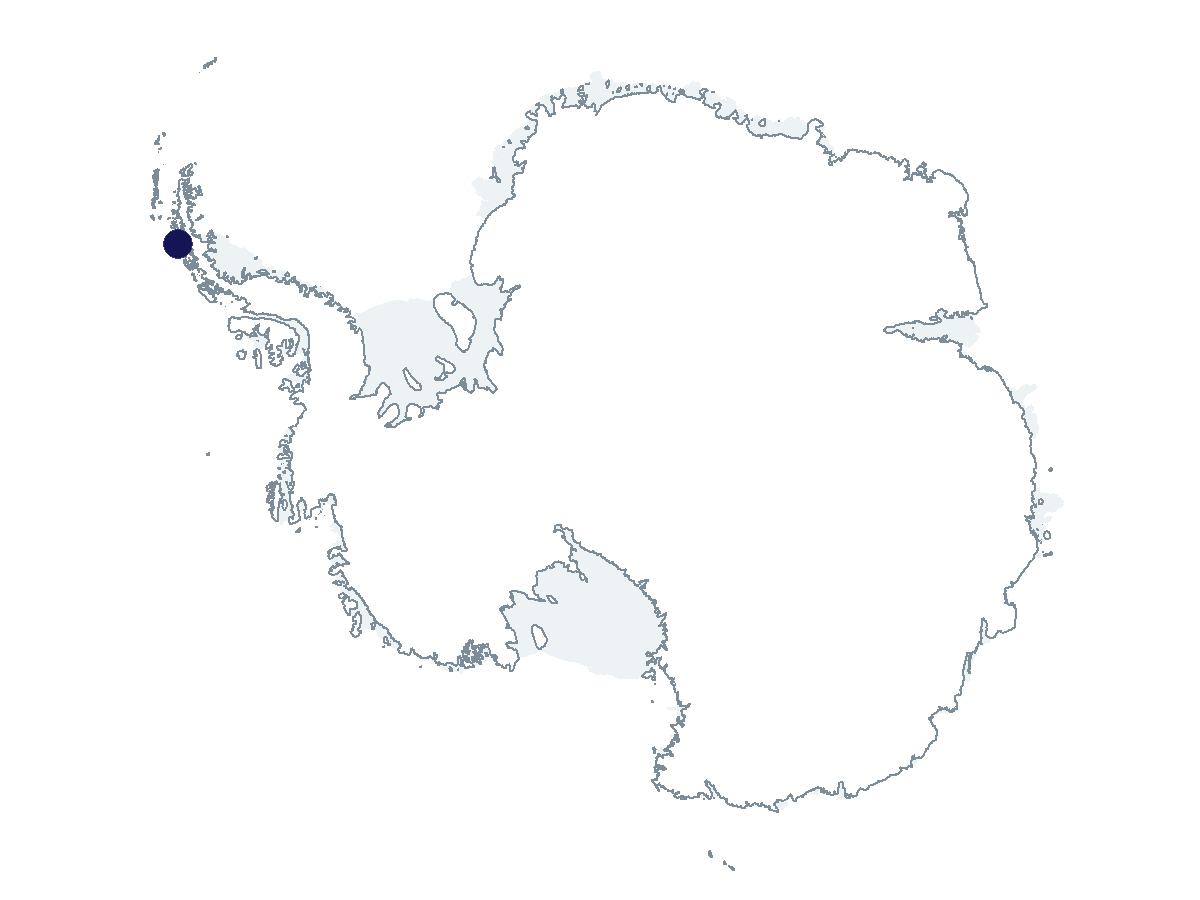2022-2023 USAP Field Season
Project Detail Project TitleAntarctica as a model system for responses of terrestrial carbon balance to warming Summary
Event Number:
Program Director:
ASC POC/Implementer: Principal Investigator(s)
Dr. Natasja van Gestel
Project Web Site: Location
Supporting Stations: Palmer Station DescriptionThis study will investigate carbon transformation processes and the microbial communities that are responsible for such transformations in soils of the Antarctic Peninsula. Researchers will examine net ecosystem carbon balance among soils with different exposure ages that have been uncovered by retreating glaciers. Researchers will identify individual members of the soil microbial community that are active versus those that are not active. This will create a better understanding of the fundamental processes of community succession in the Antarctic environment and whether continued warming could lead to community shifts in the active portion of the communities. The overarching objective of this project is to link warming-induced shifts in ecosystem carbon balance in Antarctic terrestrial ecosystems to plant and microbial responses to warming. Specific goals are to determine 1) How carbon balance shifts in response to warming along a plant productivity gradient; 2) Whether a shift in this balance is related to stronger responses in carbon update or losses; and 3) The mechanisms responsible for these responses. Field Season OverviewTwo people will deploy to Palmer Station from early December to mid-March. A third person will join in mid-February and remain until mid-March. The team will set up 40 plots in the glacier forefield behind Palmer Station and on Litchfield Island. They will install 20 open-top chambers (OTC) and 20 control plots along a productivity gradient (five at each productivity level). At each plot the team will insert stainless steel collars and environmental probes. OTCs will be deployed as soon as possible after snowmelt (early December) and will be removed at the end of the growing season (mid-March). The environmental probes and steel collars will remain in the field for the duration of the project. Deploying Team Members
|
2022-2023 Science Planning Summary



For USAP Participants |
For The Public |
For Researchers and EducatorsContact UsU.S. National Science FoundationOffice of Polar Programs Geosciences Directorate 2415 Eisenhower Avenue, Suite W7100 Alexandria, VA 22314 Sign up for the NSF Office of Polar Programs newsletter and events. Feedback Form |



